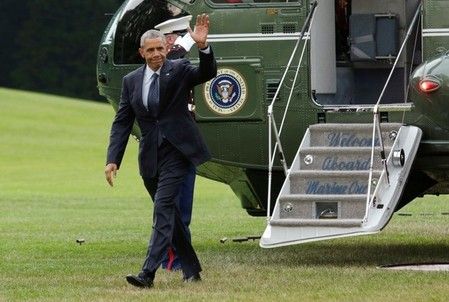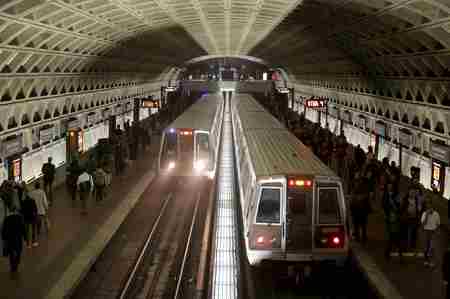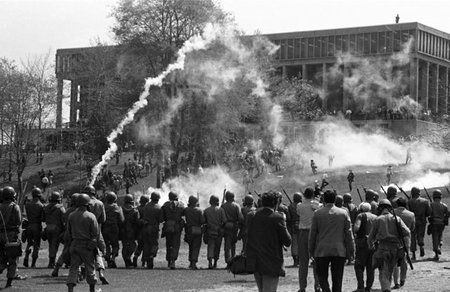Advertisement
At largest U.S. training site, police dogs learn to thwart attacks

By Laila Kearney
STORMVILLE, N.Y. (Reuters) – At a sprawling campus north of New York City, a 3-year-old German Shepherd named Johnny frantically sniffed through seats and luggage bins on an out-of-service commuter rail train trying to catch a whiff of hidden explosive.
When Johnny found a black bag with the faint scent of C-4, commonly used to blow up buildings, he sat statue-still at attention, alerting handler Kevin Pimpinelli of the Metropolitan Transportation Authority police to his discovery. In return, Pimpinelli rewarded him with a prized chew toy.
“In the real world, he can find the explosive before it gets on the train,” Pimpinelli said. “Our job is to try to prevent that device getting in.”
Johnny is one of 50 of the transit authority’s police dogs being trained at its $13 million, 72-acre training center in Stormville, New York, about 70 miles (113 km) north of New York City.
The Metropolitan Transit Authority operates subways, buses, and railroads in New York, New Jersey and Connecticut and provides more than 2.7 billion trips each year to travelers, according to the agency’s website.
The canine training center, the biggest facility of its kind in the United States, begins full operations on Wednesday and will train dogs used by police across the nation.
Amid attacks including the March bombing of a Brussels train station and airport, which killed 32 people, U.S. police agencies see highly trained dogs as key to maintaining security in large public spaces.
Their sharp sense of smell exceeds the ability of humans and machines to detect explosives and track suspects.
“The importance of this facility is growing daily because we get more threats daily,” said MTA Police Lieutenant John Kerwick, who oversees the agency’s police-dog training operations.
The dogs are carefully selected. Only about one in 30 dogs assessed at breeders are chosen for the canine police force. The dogs are mainly German Shepherds like Johnny or Belgian Malinois, high-energy breeds known for a strong desire to work.
HIGHLY TRAINED SNIFFERS
Those handpicked few are trained to detect threats such as explosives or contraband including narcotics, said David Ferland, who heads the United States Police Canine Association (USPCA).
The MTA dog training facility includes rooms modeled after classrooms and bus stations, 26 kennels and a veterinary clinic. Outside, there are nine buses, ponds and train cars at the end of a retired Metro North railroad track. All are used to train the dogs.
While there is no central database tracking the number of police dogs in service in the United States, the USPCA estimates the figure at about 10,000.
Ferland said interest in training police dogs has risen dramatically since the Sept. 11, 2001, attacks on New York and Washington, evidence of a sense of urgency in combating similar threats.
“Before 9/11, there were only a handful of these training sites,” Ferland said. “Now, there are training facilities an hour’s drive from every major city in the U.S.”
The Stormville facility will offer initial 12-week courses where dogs learn to detect explosives and the refresher courses that dogs are required to take each month.
The canines are exposed to heights, loud noises, fumes, moving vehicles and other distractions they would face on the job.
Typically they work until about the age of 10, after which they normally go on to live as pets in their primary handlers’ homes.
“They’re like family,” said Officer Keith Flood with his three-year-old black Shepherd-Malinois mix named Doc, after finishing a training exercise.
(Reporting by Laila Kearney; Editing by Scott Malone and Cynthia Osterman)




















